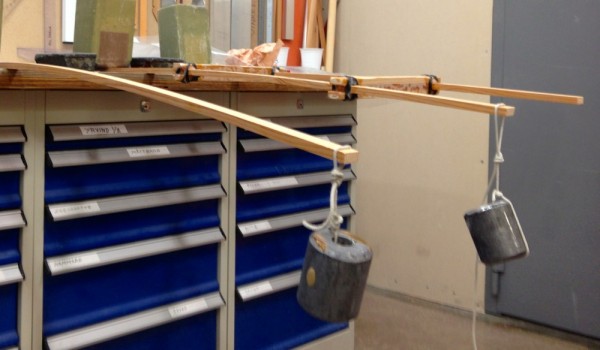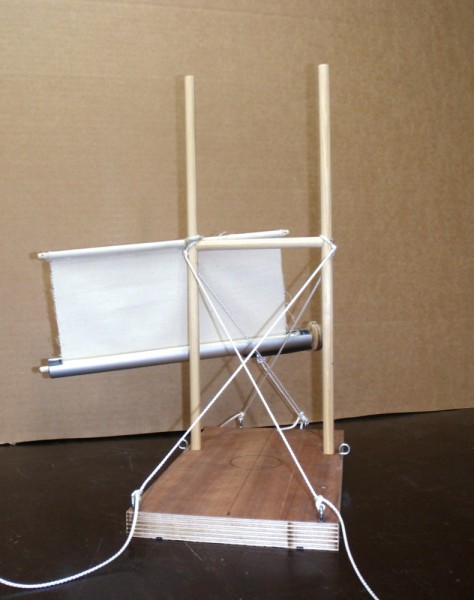Yrvind thanks Sharpii2 for concern of his masts. However it feels embarrassing to be called master.
Yrvind 10 will be hard to flip, but the weather conditions on the planned route will be even harder. The boat will flip, not once but many many times. It will flip forward and sideways, but I cannot see how any damage can be done.
I have experience of capsizing and of pitch-pooling. The first Bris had a 20 feet mast. She was capsized and pitch-pooled near Cape Horn and then once more capsized on Georges Bank outside Nantucket a stormy March night. The second Bris was knocked down to I am guessing 160 degrees near Uruguay after successfully rounding Cape Horn. Only the time when the boat was pitch-poled was there no sails up. During the two capsizes and the 160 degree knock down I had sails up. It was freak waves. The 19 feet long Bris II also had an 20 feet mast.
However due to scale small boats are very strong, in fact the smaller they are the harder it is to break them. Galileo was the first understand the mechanism of it. Its called the square cube law. Because strength increases with the square of the scale but weight with the cube.
There is also the other side to the problem that favor the small boat. The destructing forces increases with scale. Big boats attract big forces. The peripheral speed of the mast increases with its length and the hardness of water increases with the square of the hitting speed. So in all I guess by a scale of two the the bigger boat is 32 times less strong or strength diminishes with the 5th power if I am right.
Also when the seas starts to break I will secure the rigging with dynema (spectra) ropes. I am shore the mast will be strong enough with out them but it is only a few minutes work and I am not pressed for time.
The two masts in fact support each other. There is a spreader between them, a spreader with both ends fixed to the mast like a ladder in such a way that they can take up bending and torsion moments.
The masts will be very strong sideways capsizing. The worst case is pitch-pooling but thanks to the spreaders fixt ends even then they support each other as can bee seen on the photo of the experiment below.
The twin mast hardly bends for the same load. Of course if I have really bad luck they hit the water at exactly the same time. Even then they should be strong enough even without ropes to support them.
Above one way of reenforcing the rig with dynema ropes. Its only two meters up to the spreader so even though I am only 1.67 meter tall I easily reach the spreader.
Above some of the sail configurations.(Lansells illustration)
Above natures way of fixing the ends of spreaders. I will try to find a tree here in Sweden like that.
Regards Yrvind.




